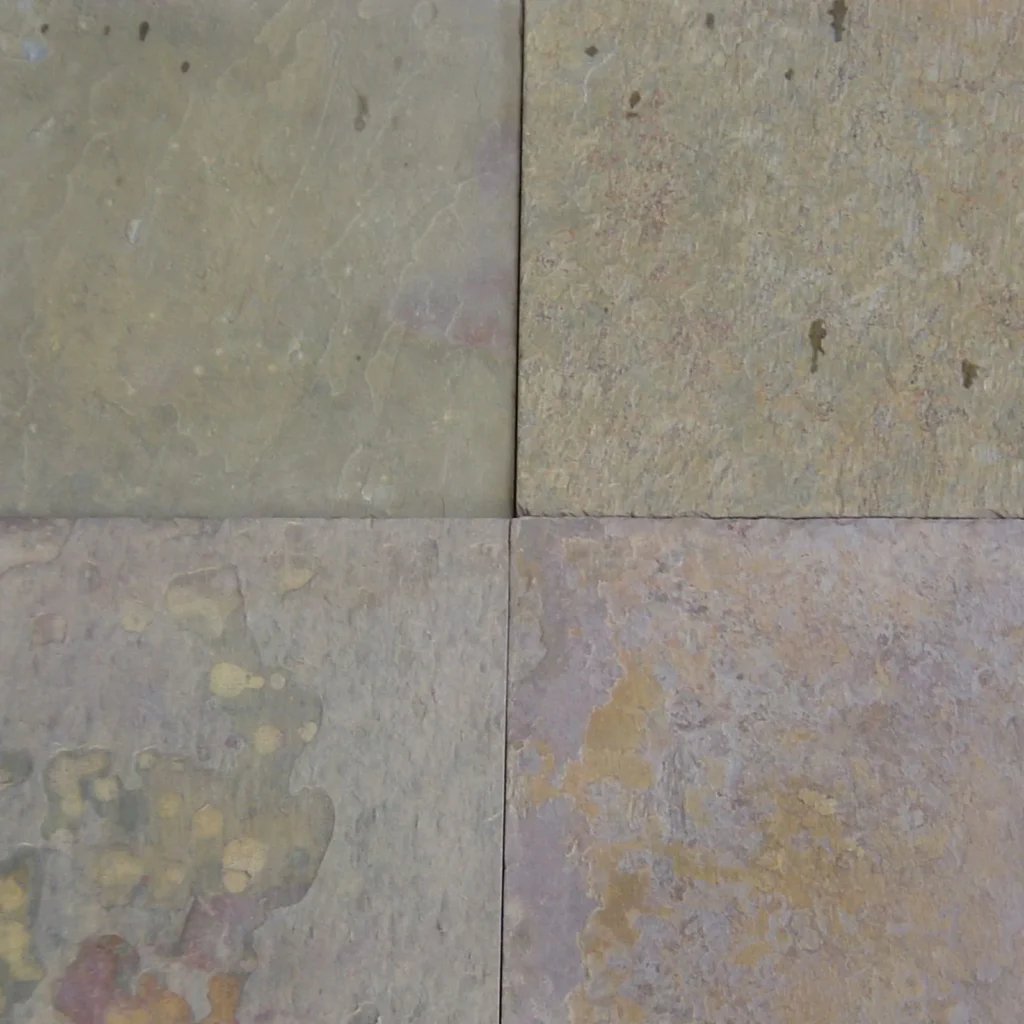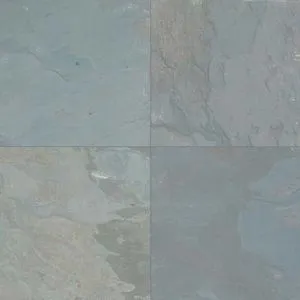Colorful Marble Slabs that Are No Less Than White Marble
The innate beauty of marble speaks loudly without saying even a single word. Marble beauty is unsurpassed and hard to beat. A simple glimpse on the surface of marble makes onlookers get stunned. From white to off-white, marble comes in many colors. Undoubtedly, white marble gets global recognition and appreciation. Some interesting non-white marble colors also steal the show with an impact. Be it black, green, blue, brown, or gold, every color says something properly. Such a color brings a twist to the story with a surface that has veins, lines, spots, dots, and speckles on different backdrops. Read this content and find out top marble colors other than white that make a big difference to your marble needs.
Five stunner non-white marble colors
Peoples’ infatuation of white marble is age-old. We have heard of the TajMahal and other buildings in Europe made of white marble. When you think beyond the white marble ambit, you find lots of interesting marble colors that can take things to the next level. When it comes to finding unique marble colors other than white, the Indian marble market offers stylish and alluring marble products for all B2B and B2C needs professionally. Below-given are the top five non-white marble that can give B2B and B2C buyers some sort of advantage.
Spider green marble
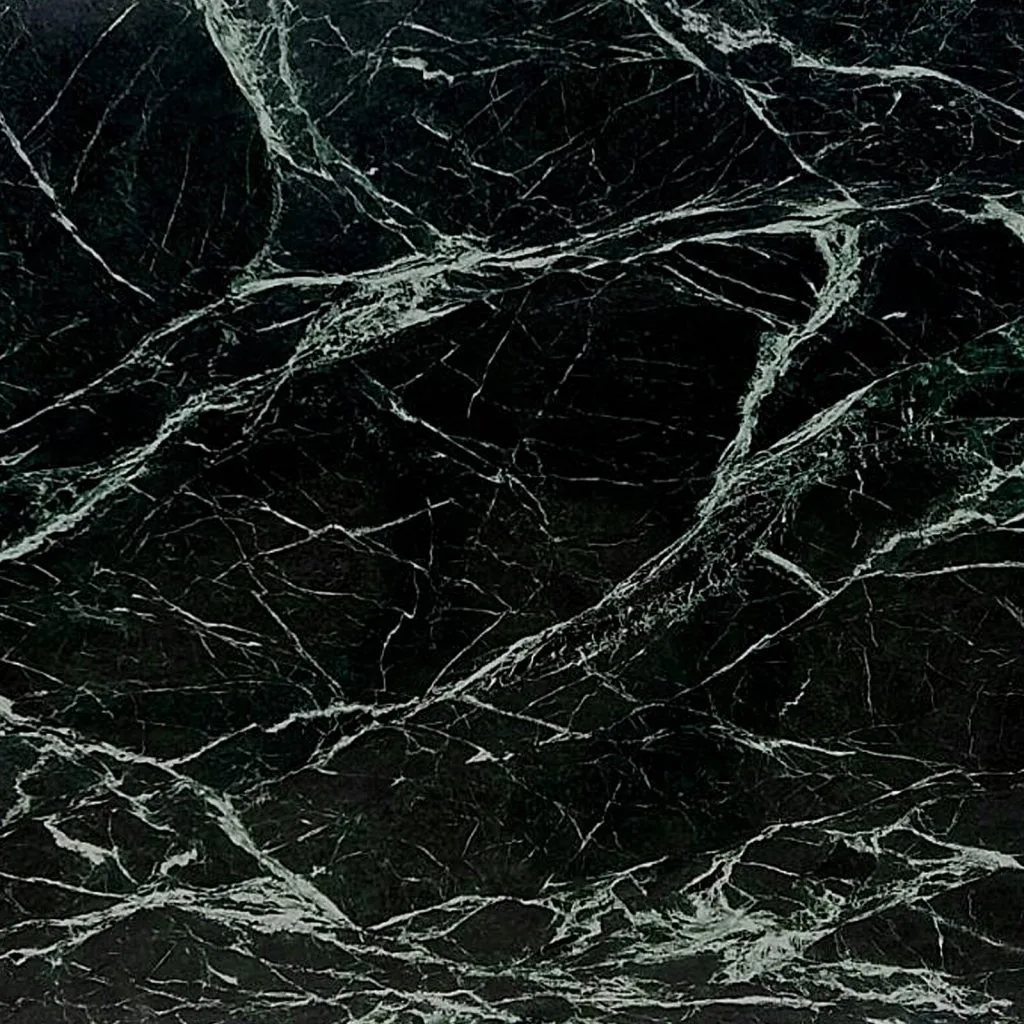
Color: Green
- Material origin: Rajasthan, North India
- Additional name: India Green Marble, Rajasthan Green Marble, Green Spider Marble, and Spider Dark Green Marble
- Surface description: green backdrop with thin white veins across the surface
Rainforest golden marble
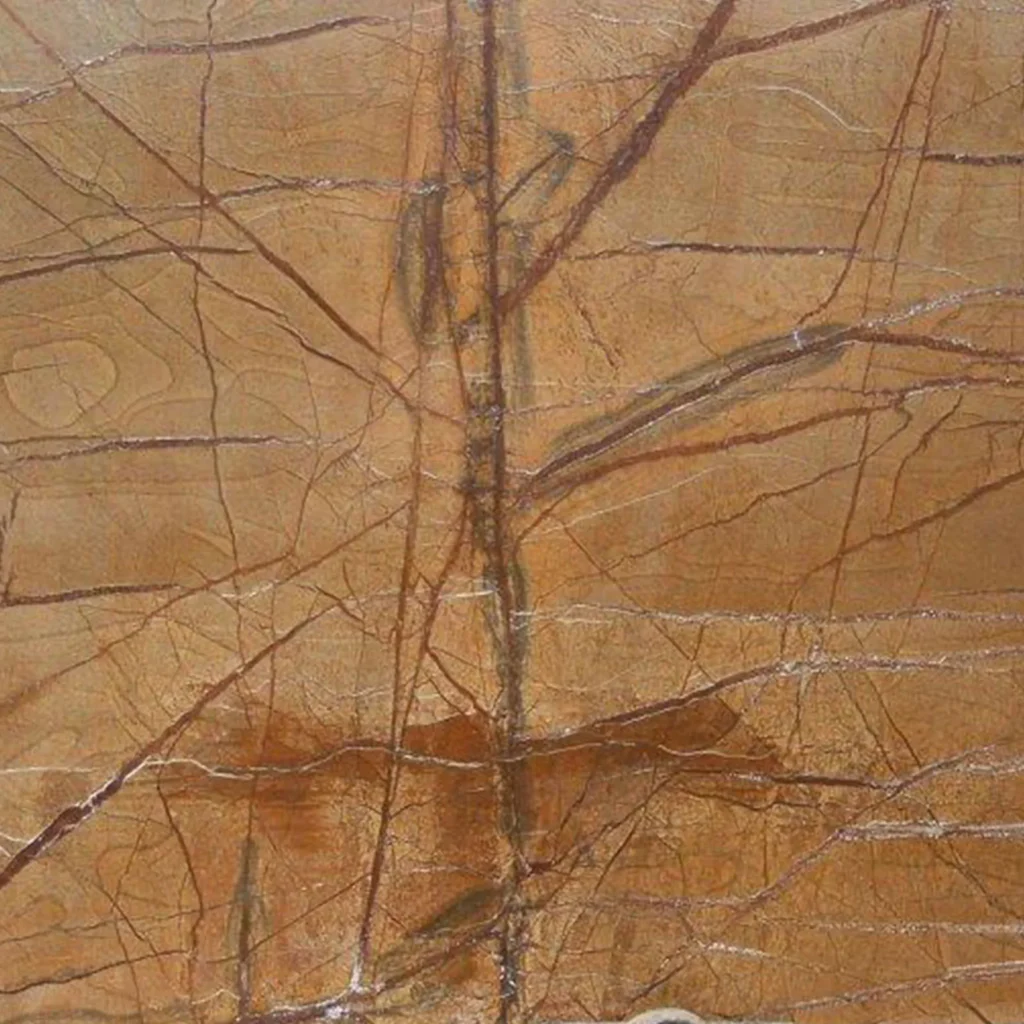
Color: Gold
- Material origin: Rajasthan, North India
- Additional name: Bidasar Gold Marble, Bidaser Yellow Marble, Rainforest Golden Brown Marble, Golden Glory Marble
- Surface description: Light to medium golden shade with dark brown veins
Rainforest brown marble

Color: Brown
- Material origin: Rajasthan, North India
- Additional name: Bidasar brown marble
- Surface description: Light to medium-dark brown shades with white and brown veins
Carbon black marble
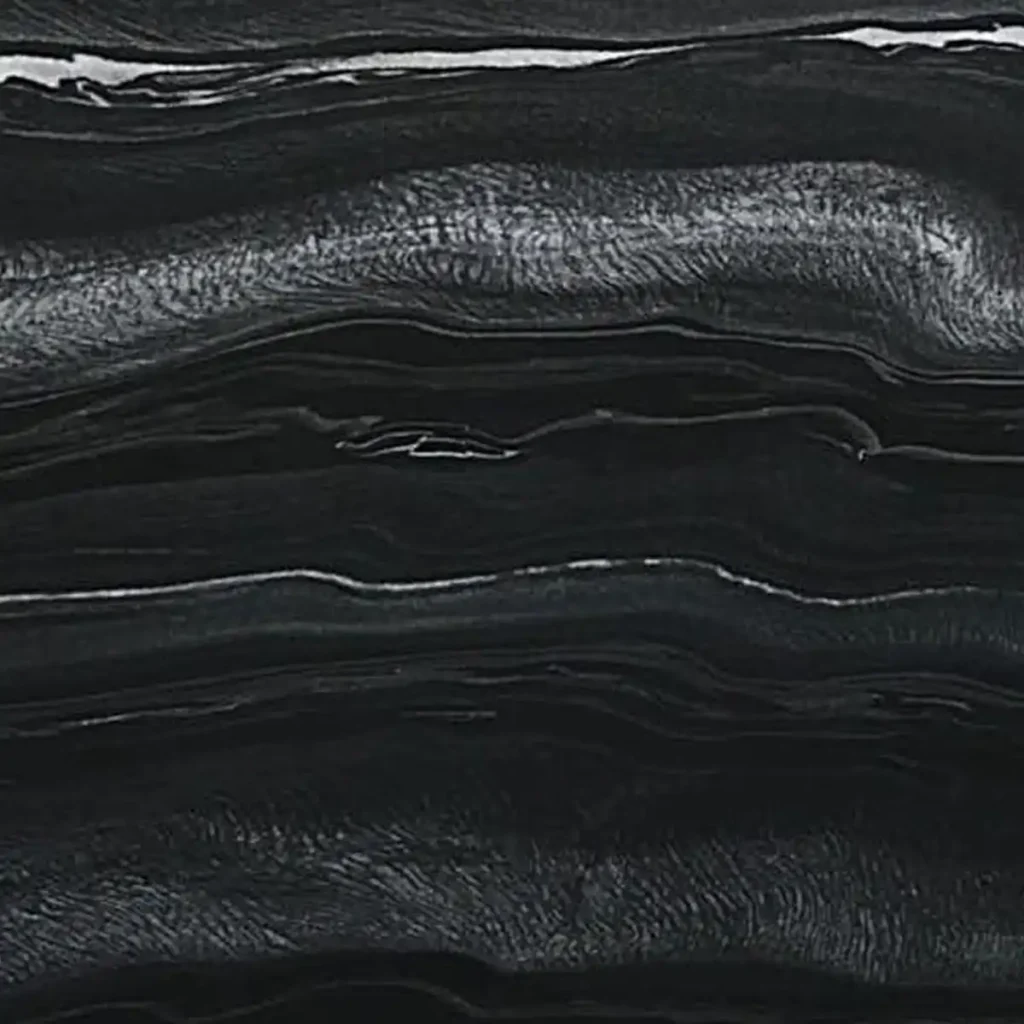
- Color: Black
- Material origin: Rajasthan, North India
- Additional name: N/A
- Surface description: Wavy white, beige, and grey veins
Pink onyx marble
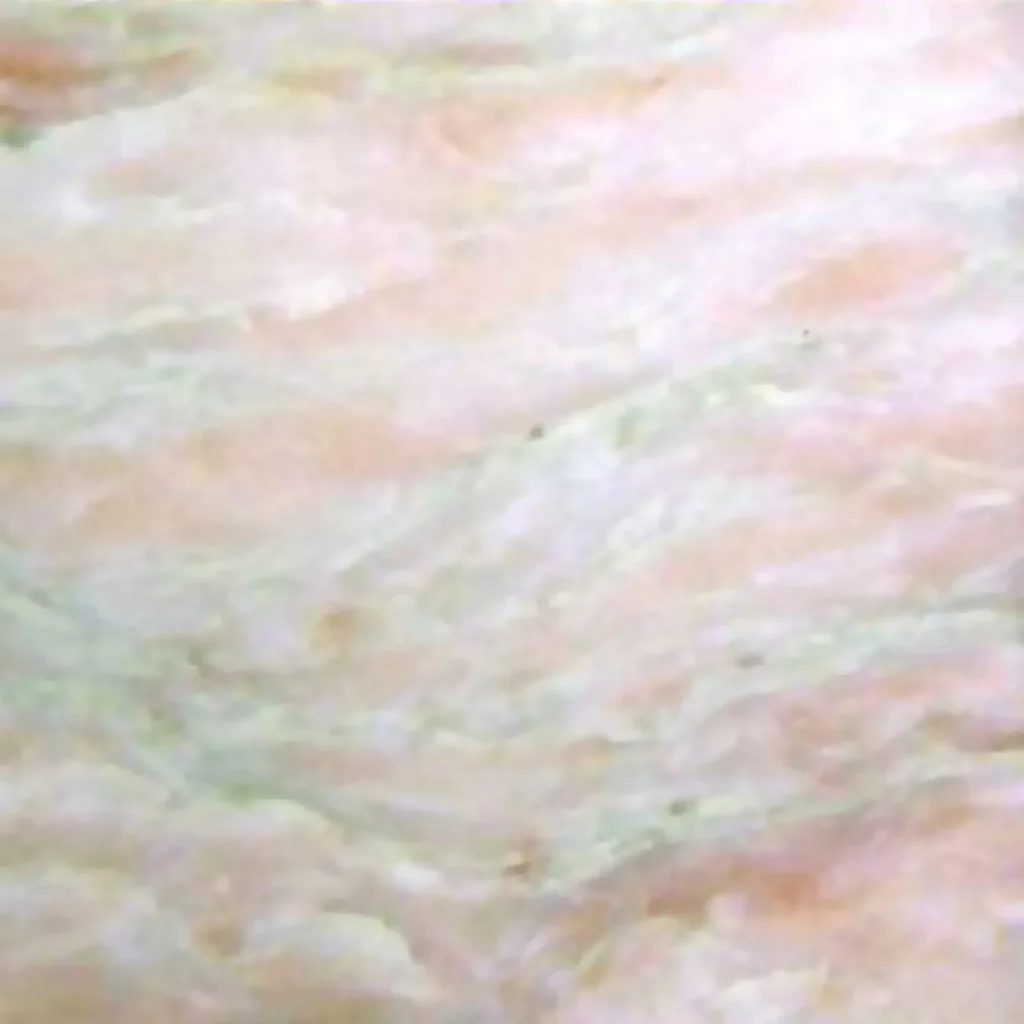
- Color: Pink
- Material origin: Rajasthan, North India
- Additional name: Lady pink onyx
- Surface description: Swirls of pink and green colors on a white backdrop
Marble has lots of application areas including countertops, kitchen tops, stairs, fountains, pool, mosaics, flooring, and wall coping. When it comes to having standard marble stone products from India, marble slabs come in two different options: Gangsaw slabs (260 x 160 cm up in 2 & 3 cm) and cutter slabs (180 x 60 cm up in 2 & 3 cm). Countertops and vanity tops are not made in standard sizes. Buyers need to inform Indian marble suppliers about their custom size needs. Like slabs, tiles also come in standard sizes such as 30×30, 30×60, and 60×60 cm.
Indian marble companies also cater to the needs of custom sizes in bulk. Buyers can also make a bulk purchase with different finishes like polished, lepatora, bush-hammered, leather,honed, antique, and brushed. Edges can be availed in both machine-cut and hand-cut edges. While placing an online order, buyers need to understand that some suppliers don’t accept any order if it is less than a full container load as it is not feasible for them. Although all container sizes are different, buyers can opt for a load of (450 sqm or 27 tonnes for 2 cm and 310 sqm or 27 tonnes for 3 cm thickness) within a container.







